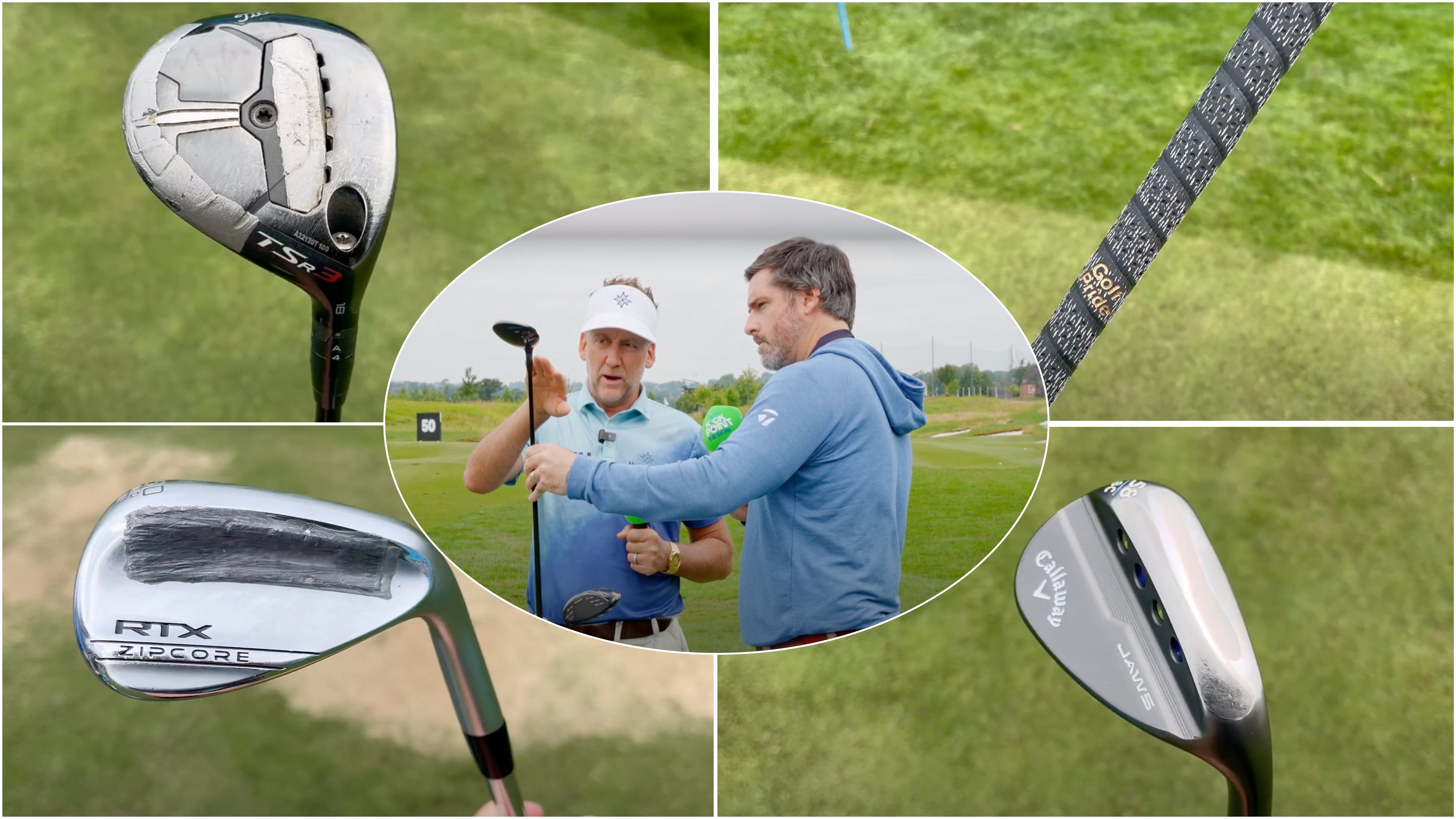
My colleague Dan Parker and I were recently fortunate enough to attend the LIV Golf UK event at JCB Golf & Country Club to gather content for our gear-related podcast Kick Point. We were even granted access to some big-name players to record some ‘What’s in the bag’ videos where I was able to dive deep into the specs and preferences of Ryder Cup legends like Ian Poulter and several major champions. Some of the things I expected to see, but some took me aback - here’s a rundown of the biggest equipment surprises I encountered…
Non-contracted players love these two driver manufacturers
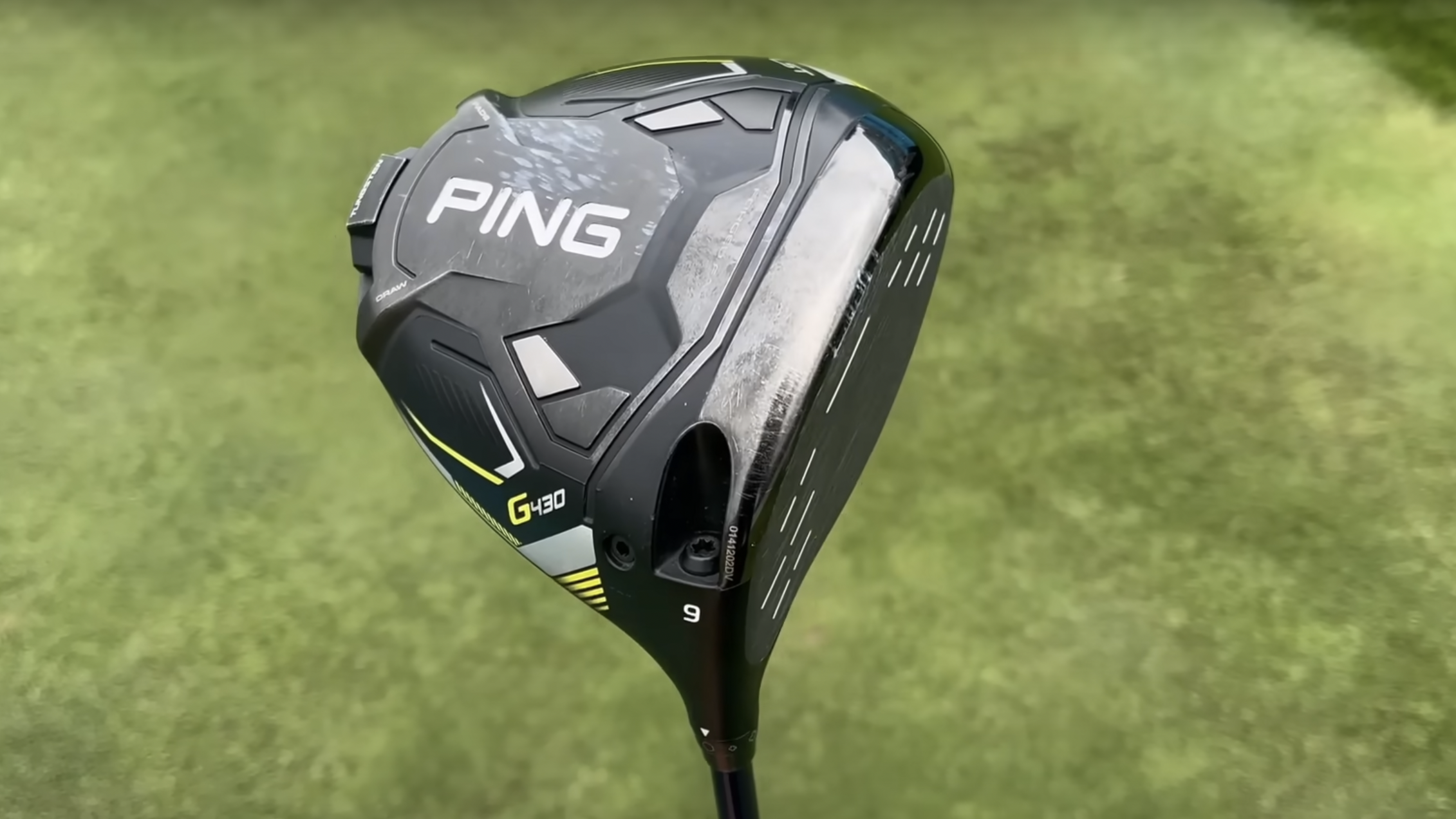
Obviously, when looking up and down the range, we saw a great representation of some of the best drivers in the game, from TaylorMade Qi10, and Callaway Paradym Ai Smoke, to Cobra Darkspeed drivers, but truth be told, the majority of those users were being paid to do so.
A great barometer of the true quality of any club is if it is sneaking into the bag of top-level non-contracted players and we very much saw a theme developing with two drivers. Of all the non-contracted player's bags we looked in over the week, only three that I can recall - Richard Bland (Cobra Darkspeed), Brooks Koepka (TaylorMade Qi10), and Sergio Garcia (TaylorMade Qi10 Max) - were not using either a Titleist or Ping driver.
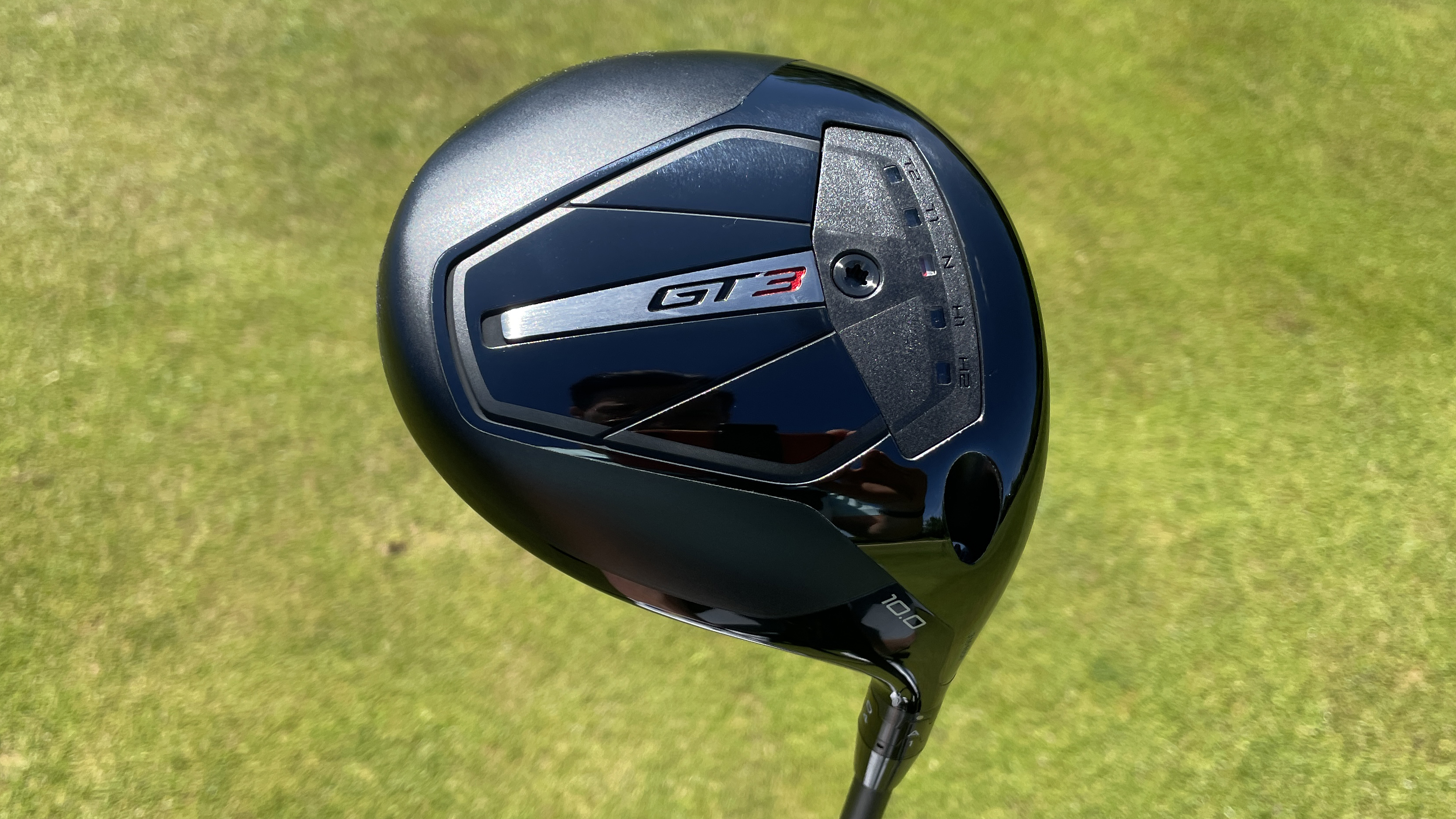
Players such as Patrick Reed, and Martin Kaymer were among a large number of the non-contracted players we got time with using Titleist drivers (both the new GT range and previous TSR model), whereas Ian Poulter was one of the many we saw on the range with the Ping G430 LST driver in play. While we can’t be 100 percent sure of the contractual status of all the players we saw, I can say with some certainty that those two drivers brands certainly had the most presence in the bags we were privy to.
Wedge sole grinding is alive and well
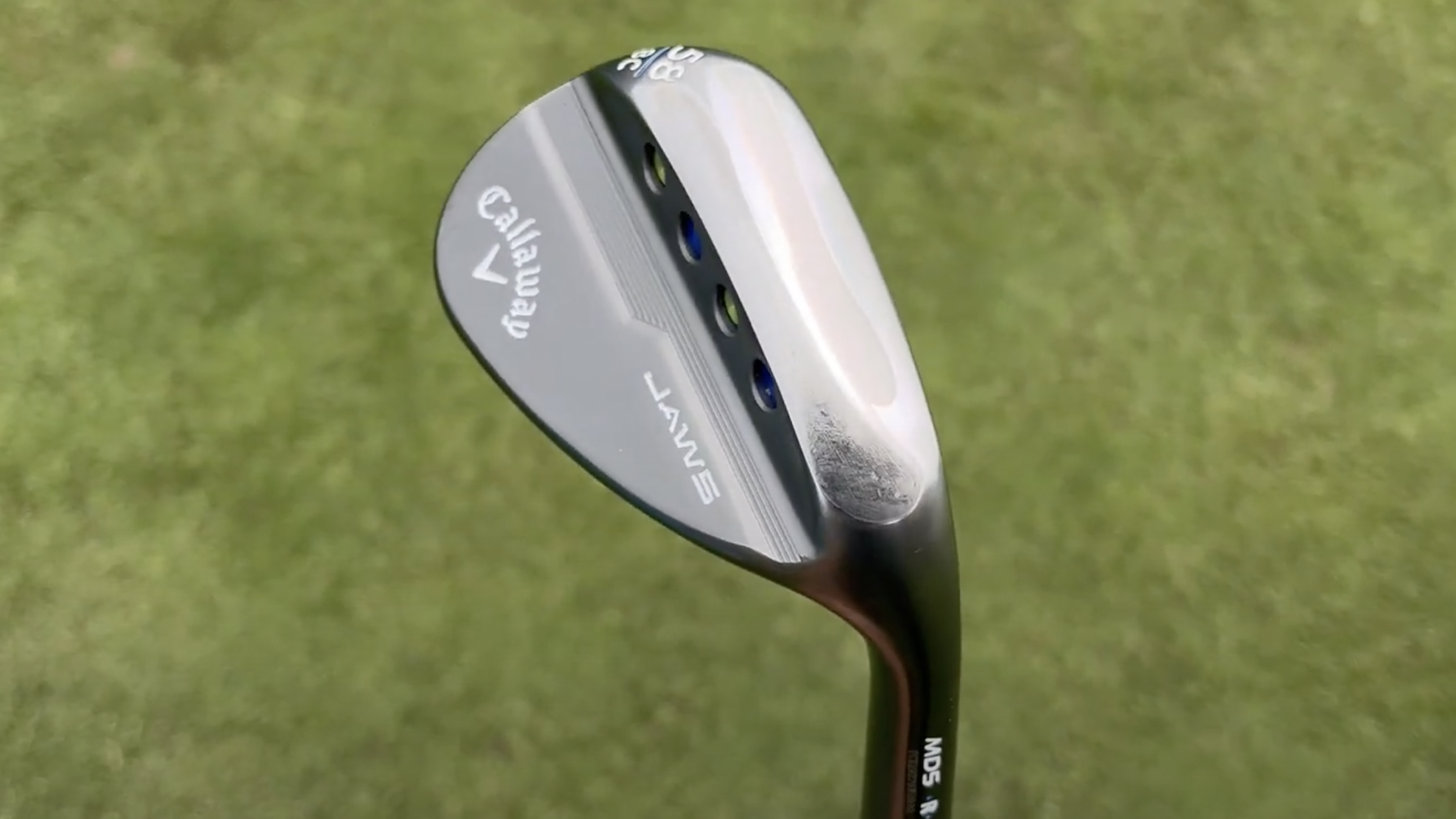
With manufacturers such as Titleist, Callaway, Ping, and TaylorMade offering an abundance of grind and bounce options in the best wedges of 2024, you would think there would be a combination to satisfy even the best tour professionals. But in reality, every single player we spoke to had some further grinding work done to the sole of their wedges to suit their very particular requirements.
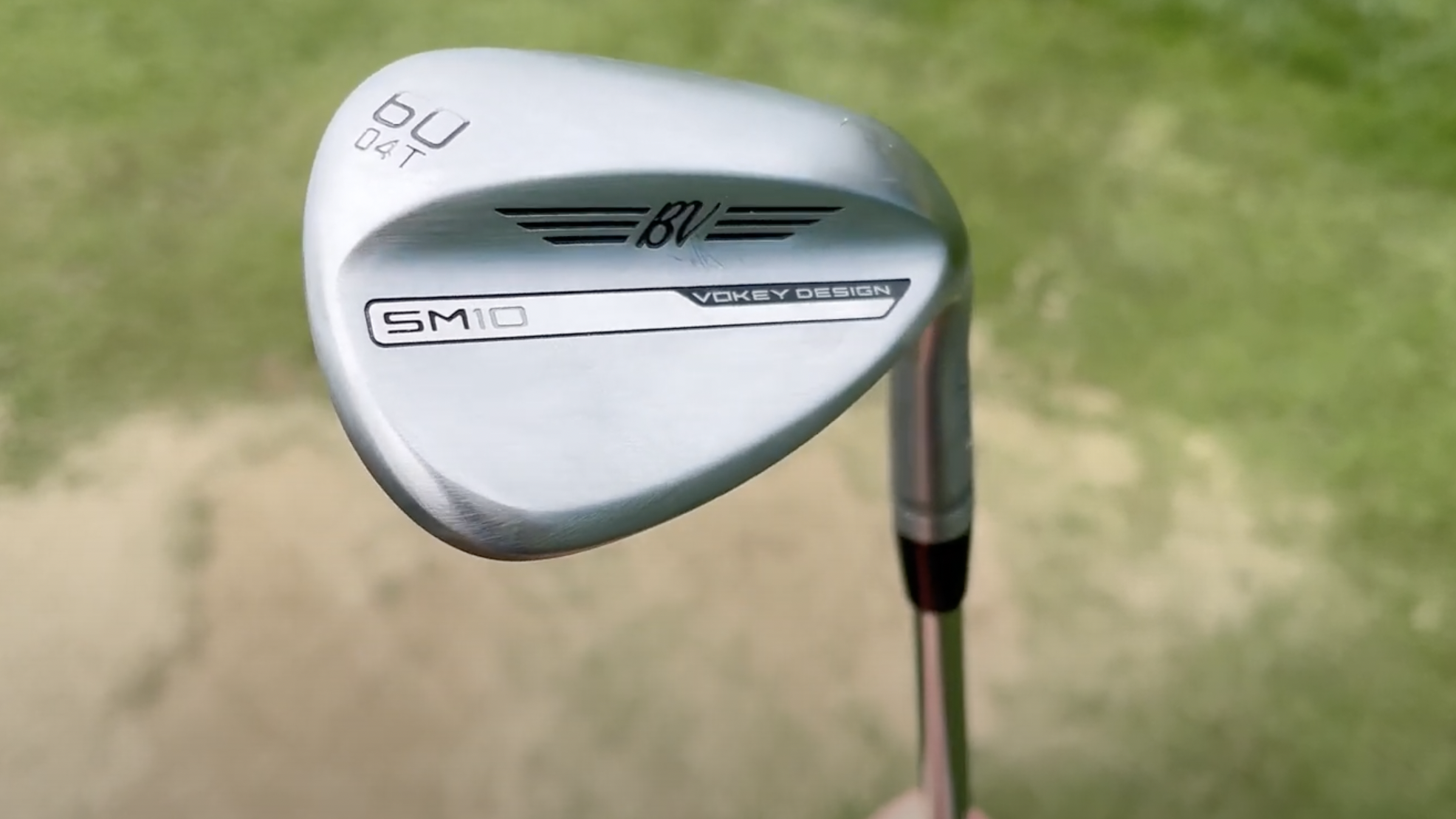
Whether it was a simple pre-wearing of the leading edge like Ian Poulter, or a full sole mutilation like Henrik Stenson, we didn’t see anyone with a non-adjusted ‘stock’ sole offering in wedges. That should tell you all you need to know about how the level of detail and precision these players go to in their short games.
Lead tape is still widely used
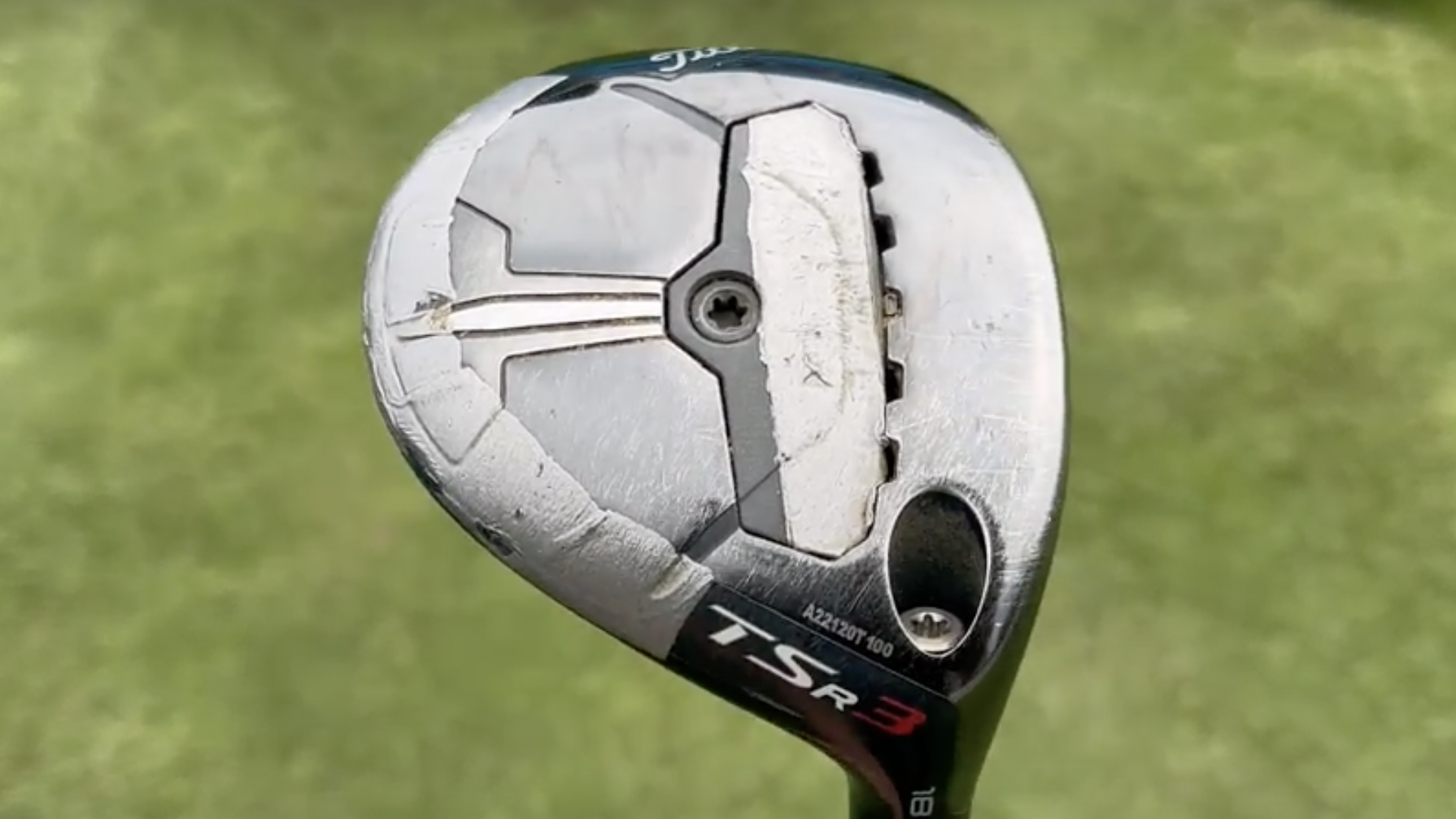
It is 2024, and we have never been so clued up or advanced in terms of golf equipment technology. We can 3D print clubs, optimize CG, and create almost any acoustic at will, so surely the days of lathering our clubs in lead tape are over? Incorrect. I was genuinely surprised that bag after bag we looked in saw players utilizing lead tape to fine-tune swing weight and flight preferences, from Ian Poulter re-swing weighting his 5 wood after cutting it down (he does all his club work himself which I loved!), Patrick Reed weighting up his wedges, to Louis Oosthuizen just adding a touch of mass behind the sweet spot of his Ping Blueprint T irons.
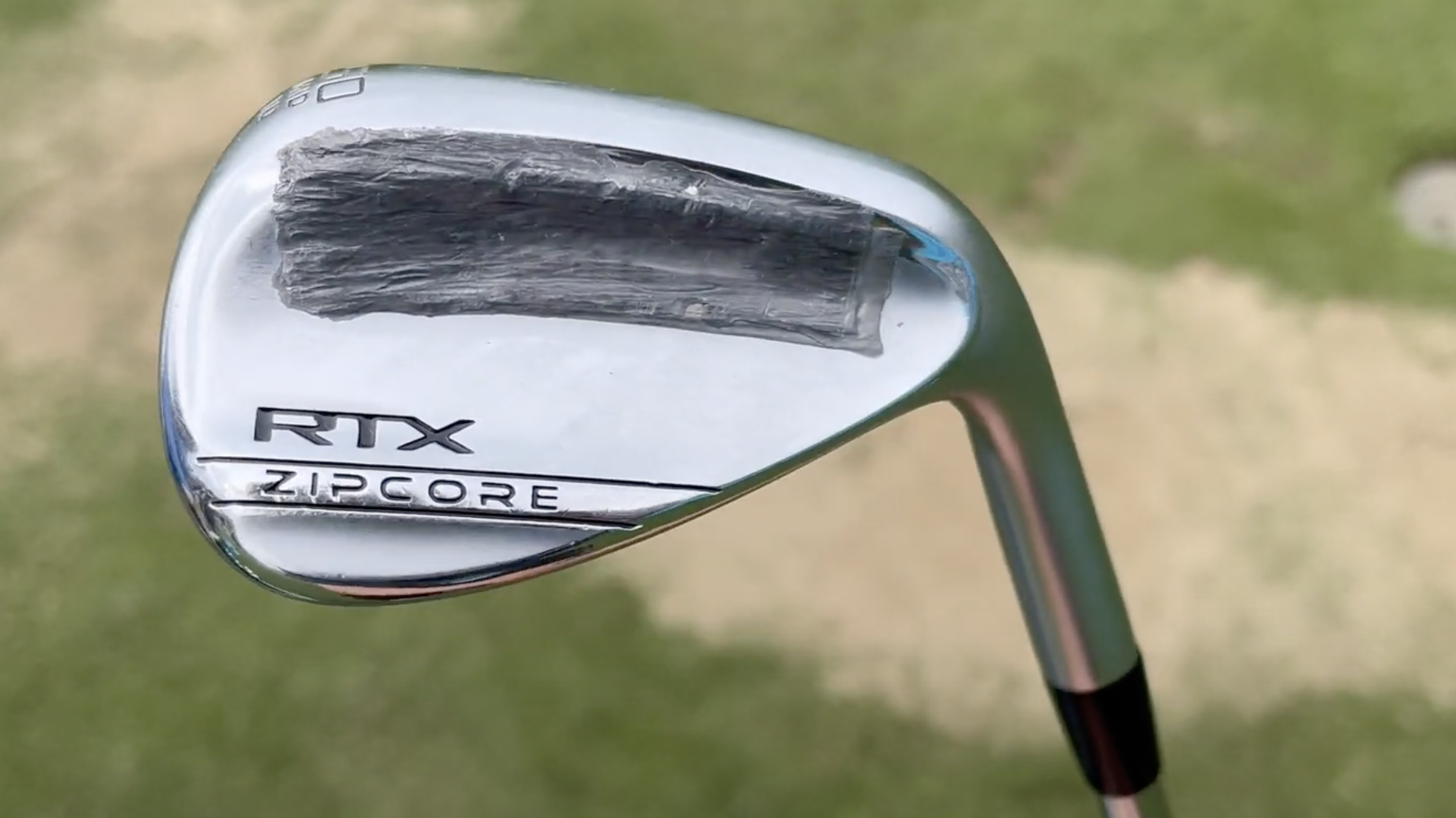
With hot melt and tip weights available to internalize many of these jobs, it was fun to see that sometimes the old ways are still the best.
Custom grinds on iron soles

This is a topic close to my heart so I was pleased to be vindicated by what I saw on the range at LIV UK. With a multitude of bounce and grind options available in just about all of the best wedge manufacturers, why in 2024 are we expecting everybody to fit into one option of sole in irons? These clubs interact with the turf just as much, if not more than wedges at times, so why would we expect someone with a -10˚ attack angle to suit the same sole as a different player with a -1˚ attack angle? Frankly, we shouldn’t and I have been campaigning for major manufacturers to do better on this.
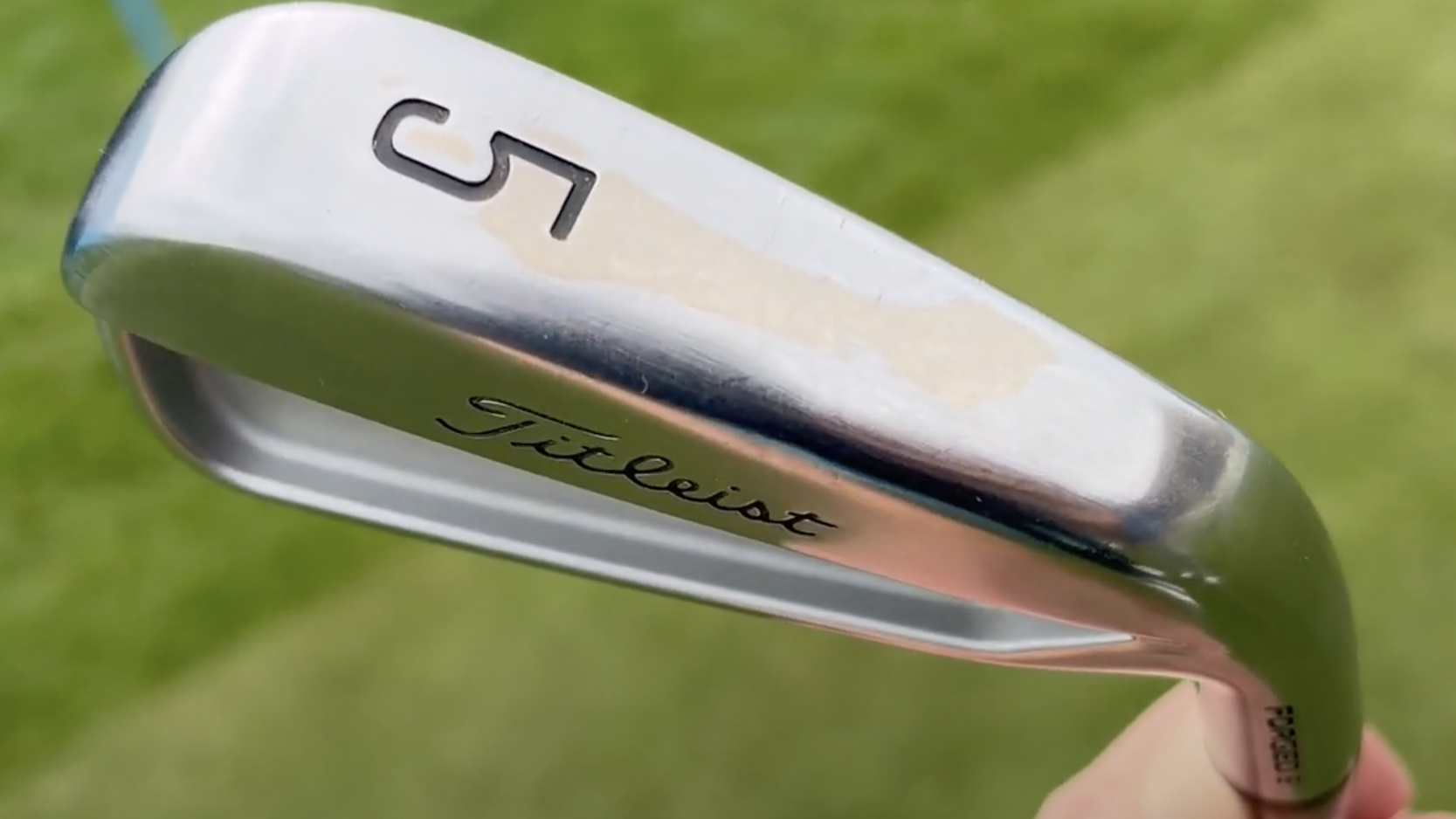
As I said, this was highlighted up and down the range in the bags of the top players. Patrick Reed had significant leading edge relief on his Grindworks irons, if you looked closely at Poulter's Titleist T100 irons you could see a slightly rusty patch indicating some additional aftermarket contouring, and Bubba Watson’s irons had some serious sole grinding evident.
These guys recognize the importance of bespoke turf interaction, and I believe it is time the major club manufacturers did too.
There is no such thing as a standard grip
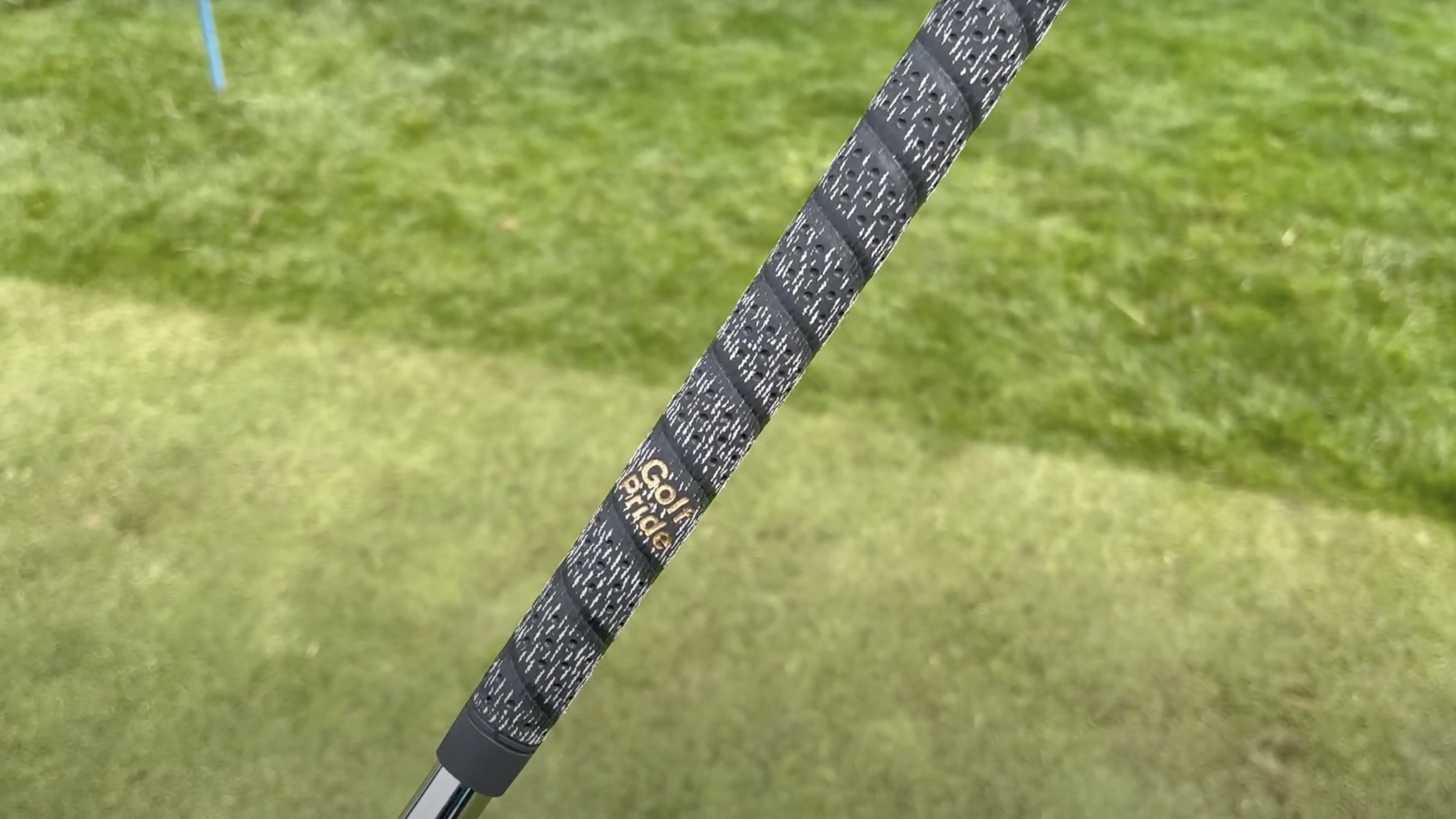
Another one of my favorite topics in golf equipment is grips. It's the only point of contact with the club that the player has, yet one of the most under-thought-about areas for the club golfer in my opinion. Underlining that importance was the multitude of sizes, materials, and even alignments of grips that were on show at LIV Golf UK.
The two that stood out for me most were Bubba Watson and Ian Poulter. As a fellow PGA Professional, Poulter does all his own re-grips and has a very particular way he applies the grip tape to remove taper from it.
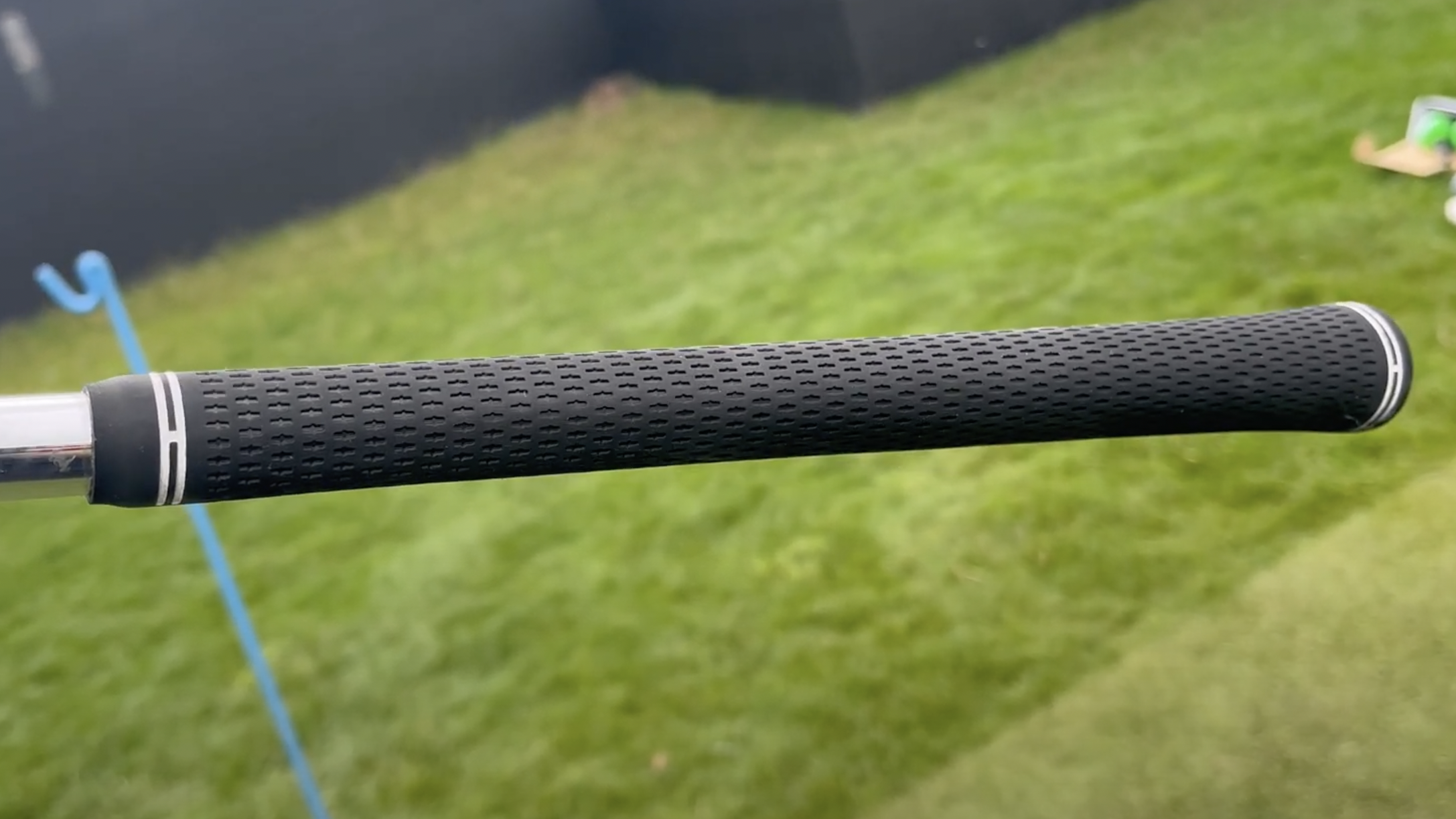
“I first mark off three inches from the top,” Poulter explains. “Then I mark 4 inches down. I start with one layer of tape from the 4-inch mark going down, then I add another piece from the three-inch mark going down. And then I do three full layers over the top. All I am doing is taking slight taper out because the last time I looked, my hands were the same size. So why am I going to hold something spindly in my right hand when my left hand is gripping something thicker, it’s never made sense to me.”
For Bubba Watson I could write a whole other section on his grips alone! With upwards of eleven layers of tape (on an already thicker than standard grip), and having them aligned almost sideways, they need to be seen to be believed.
The message here is don’t be afraid to experiment to find what feels and works best for you as clearly there are extra changes you can make to your equipment that might seem small but can make a big difference.
You don’t necessarily need the latest model
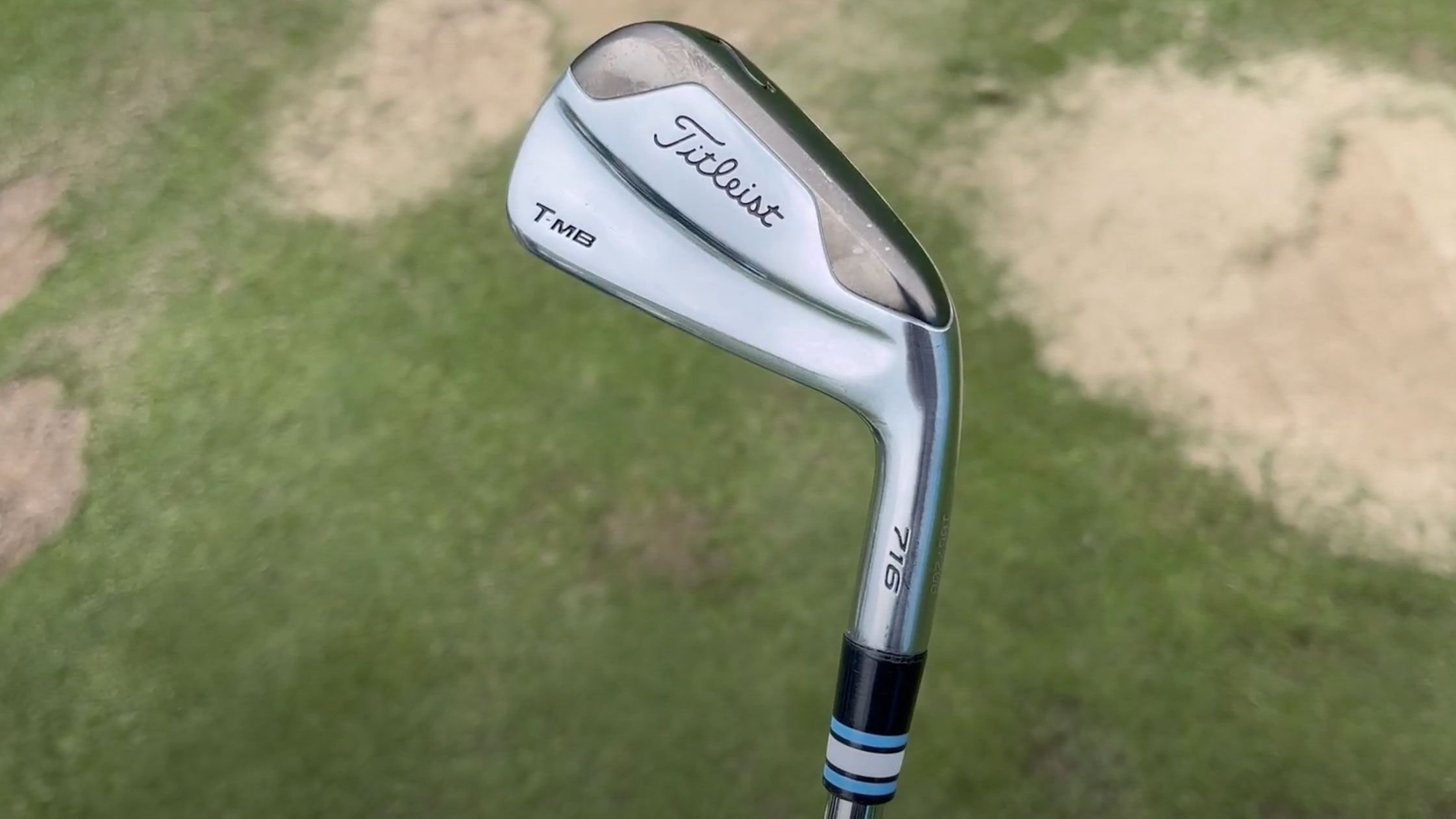
Another fun thing that I kept seeing throughout the bags we looked in was just how many players had significantly older models of clubs in their bags, dispelling the marketing myth that new equipment is always better.
Henrik Stenson for example basically hasn’t changed his bag for about a decade it seems. From a Callaway Epic Flash driver, his iconic Callaway Diablo Octane 3-wood, a Callaway X Hot 4-wood, not to mention his Legacy Black irons, Stenson is a man who sticks to what he knows and likes in his golf equipment.
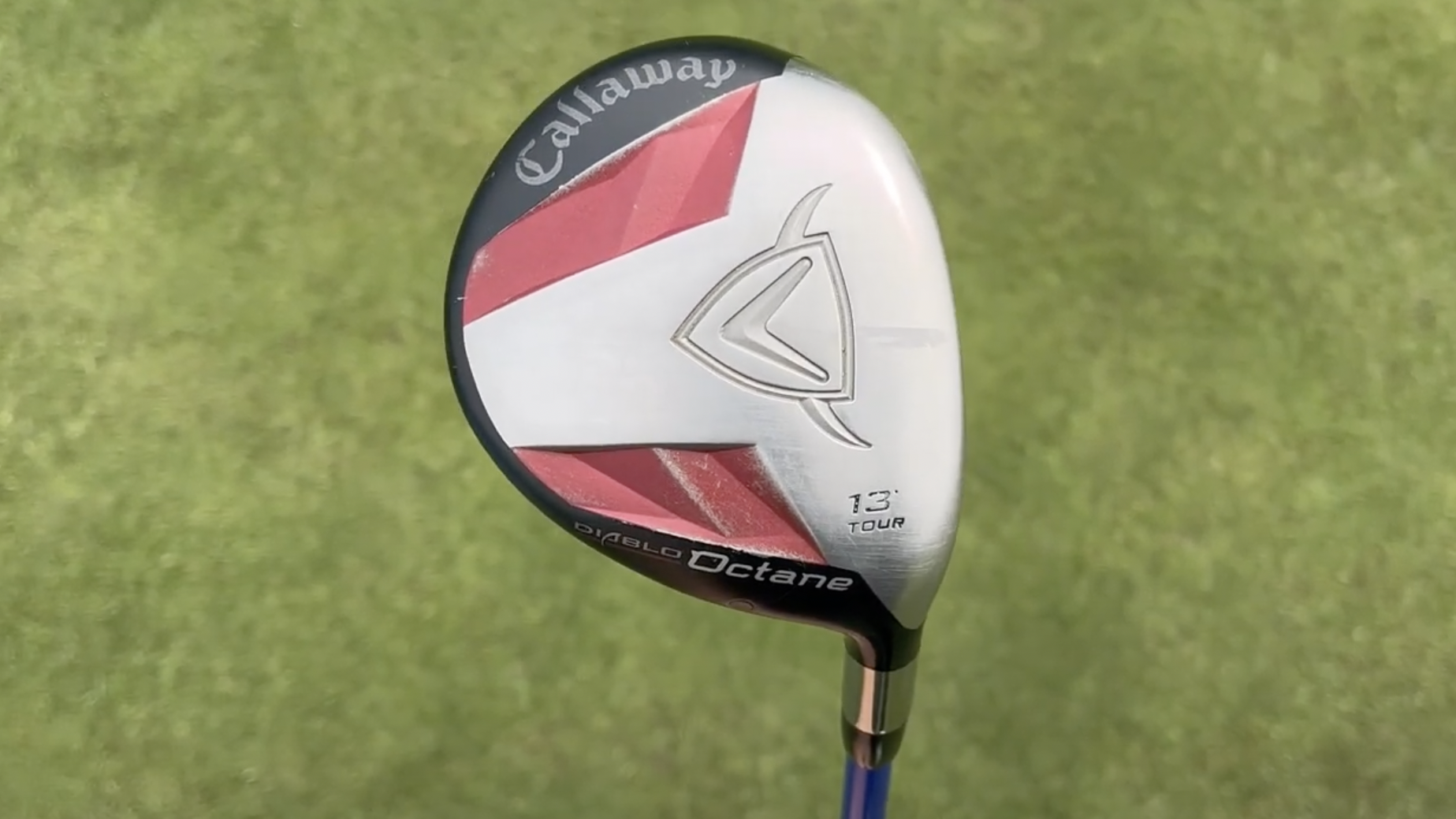
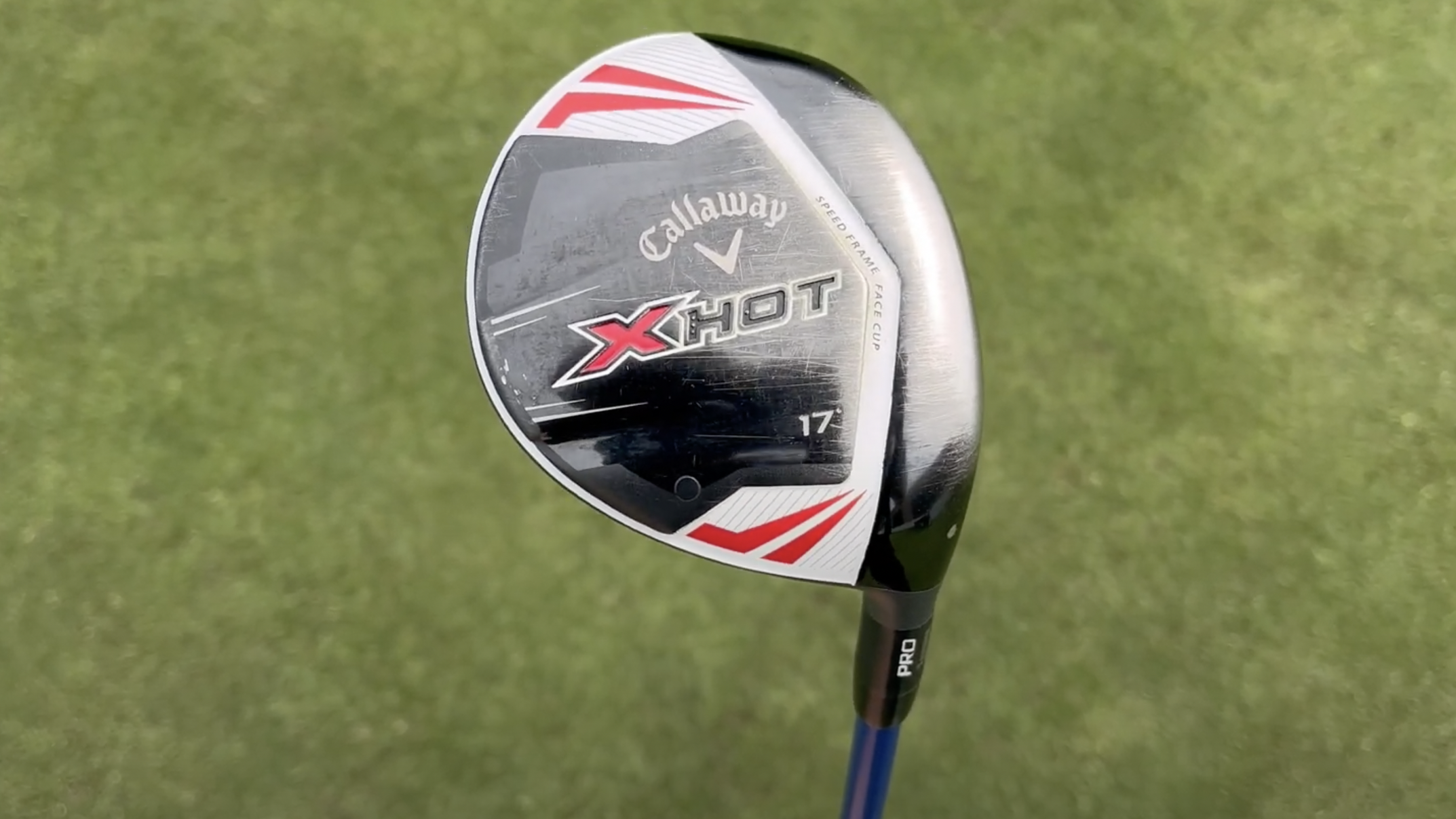
Other great examples of this were Patrick Reed with a very old Titleist 716 T-MB 2-iron, and Martin Kaymer with his ever-present TaylorMade SLDR 2-hybrid, which has been in the bag since 2013.
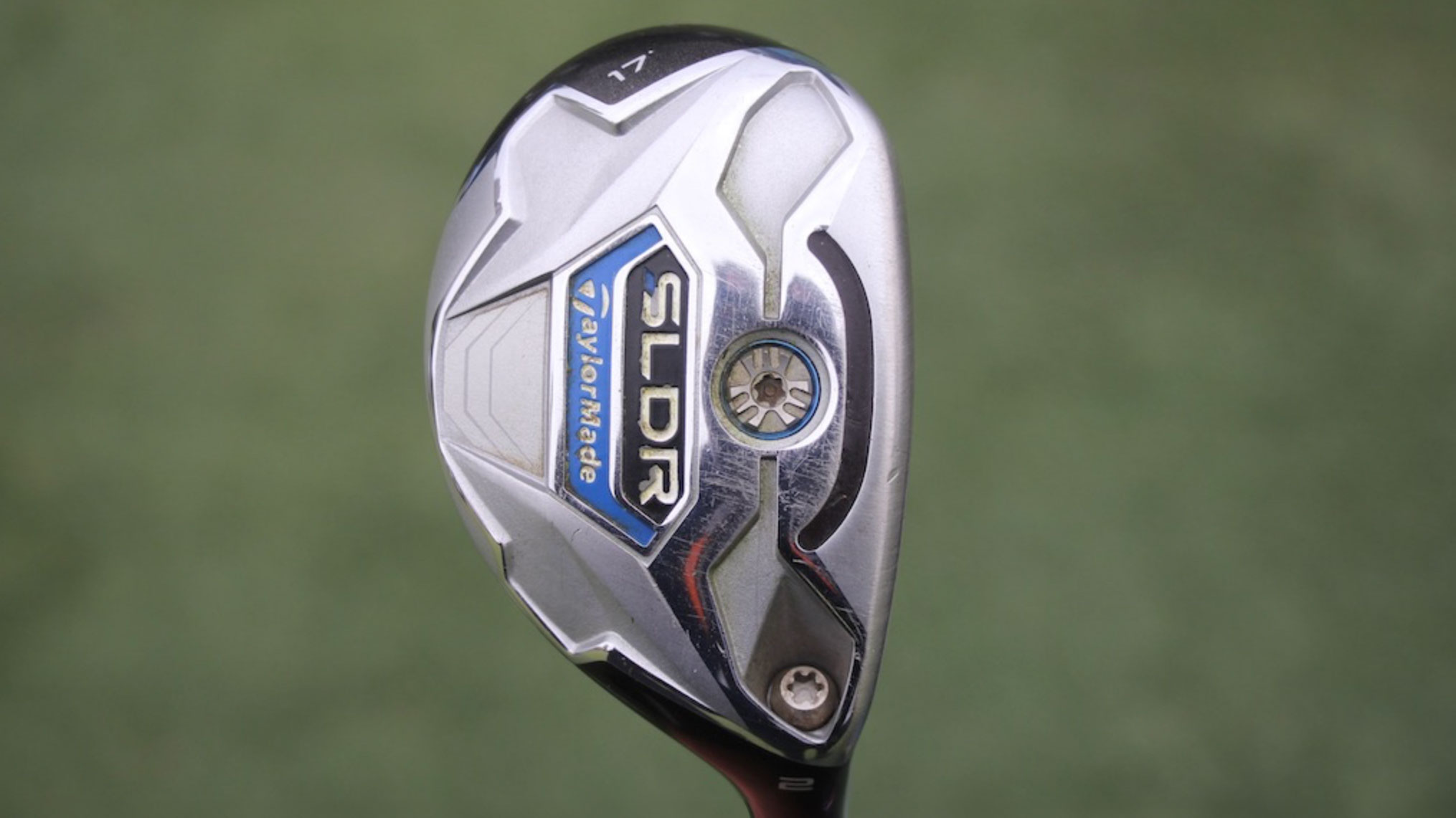
These guys can have anything they want in terms of golf equipment so there is definitely a lesson to be learned here - newer doesn't always mean better, especially if you have positive memories of the clubs currently in your bag.







